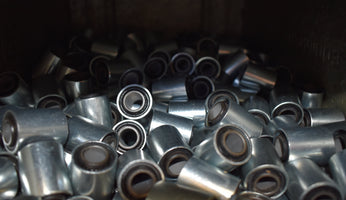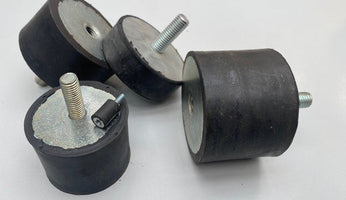The Difference Between Rubber Injection and compression moulding
When it comes to rubber moulding, there are 3 – 4 different approaches taken to it; one is compression moulding, the others are types of injection moulding. Each approach has its advantages and disadvantages.
Continuous Injection
When most people think of rubber injection moulding, this is what springs to mind. Key differences to other approaches include:
1. Uncured rubber is pulled into an injection cylinder automatically, the rubber is pre-heated and mixed ready for the next injection
2. The mould tool only consists of the moulding elements to the tool as injection is managed by the machine.
3. Normally, people will be used to remove the product and cured rubber in the sprues and channels within the tool, and to load any substrates required.
Single-Shot Injection (Trans-Injection)
This is being increasingly replaced with Transfer Injection. It is very similar to Continuous injection in that injection is handled by the machine and the mould tool only consists of the product related tooling plates, however:
A shot of uncured rubber, or a rubber blank, is dropped into the injection cylinder for each cure rather than rubber continuously and automatically feeding the machine.
No intentional pre-heating happens in the machine, but can happen before the shot is loaded
Normally, people are used to drop the rubber shot into the machine, to remove the product and cured rubber from the sprues, channels and the injection cylinder as well as to load any substrates required.





